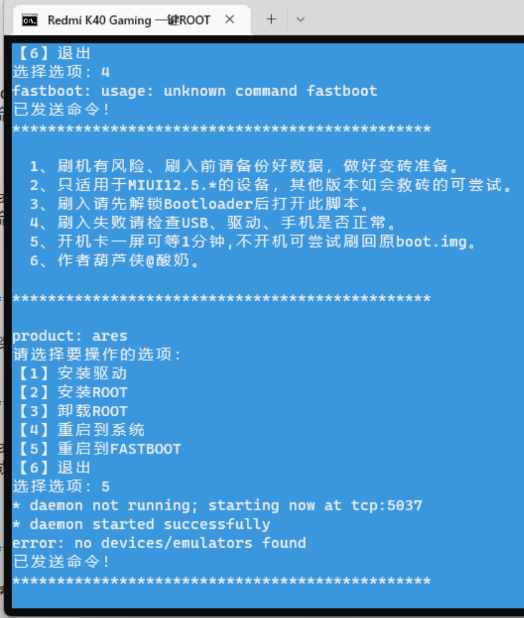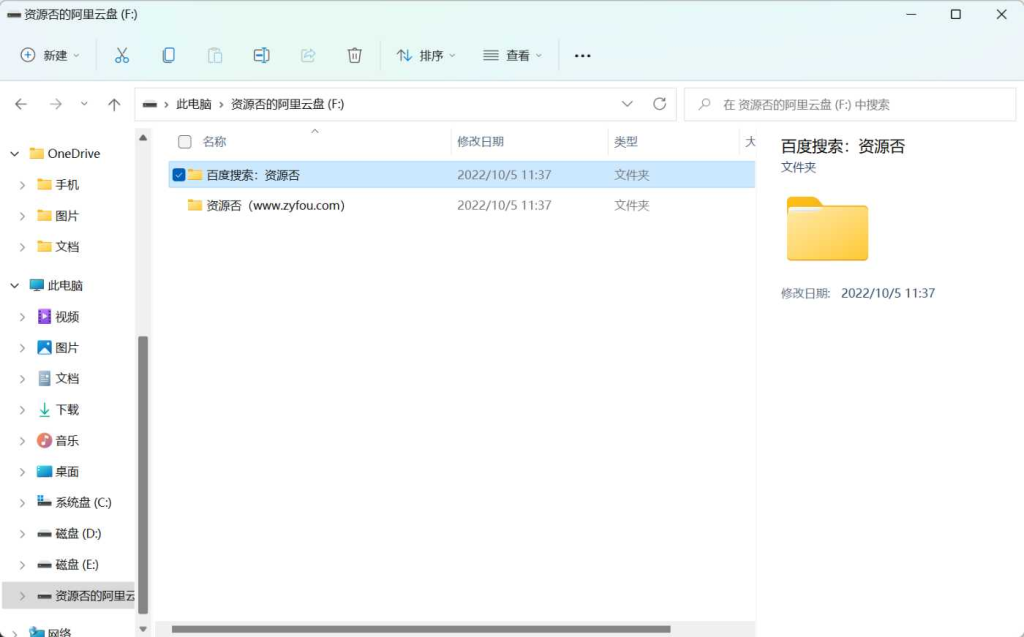
MSR 分区有什么用
MSR分区就是microsoft保留分区,是每个在GUID分区表上的windows7以上操作系统都要求的分区,其用途是防止将一块gpt磁盘接到老系统中,被当作未格式化的空硬盘而继续操作导致数据丢失。
使用方法
MSR 分区的大小会因 GPT 磁盘的大小不同而发生变化。对于小于 16 GB 的磁盘,MSR 分区为 32 MB。对于大于 16 GB 的磁盘,MSR 分区为 128 MB。MSR 分区在“磁盘管理”中不可见,在Diskpart、diskgenius等磁盘工具里可见,但是用户无法在 MSR 分区上存储或删除数据。
用WIN8系统安装版分区时,系统自动划分出“分区1、2、3”,它们是Win8的特有分区。其中300MB为恢复区,100MB为系统分区,128MB为MSR分区。
对于在GPT磁盘上的Windows操作系统,MSR分区不是必须的,可以删除不受影响。
MSR分区的创建,可以使用此命令:
create partition msr [size=
实例,如果要创建一个128MB的MSR分区:
create partition msr size=128
推荐教程:《PHP教程》
© 版权声明
文章版权归作者所有,未经允许请勿转载。
THE END














